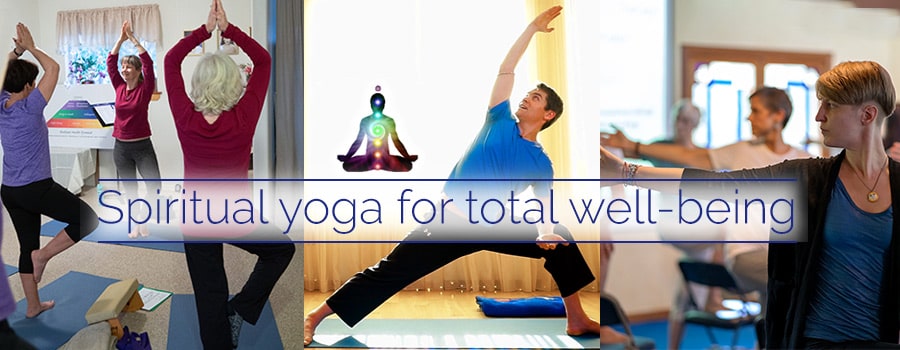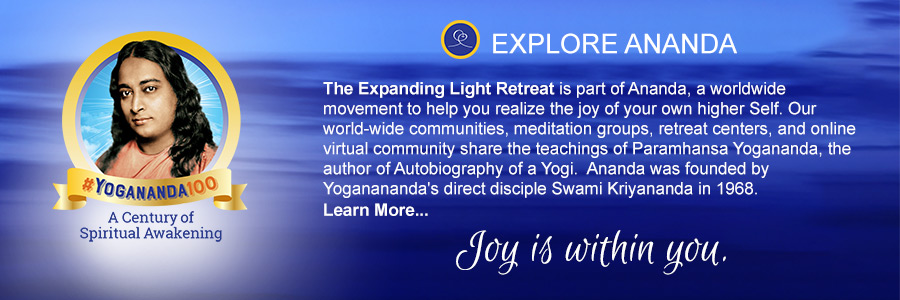Good vs. Great — What Makes the Difference?
Having attended and taught many yoga classes over the years, I’ve often pondered the question of what differentiates a good yoga class from a great yoga class.
Sometimes the difference is obvious, such as when a teacher has technical expertise versus when a teacher doesn’t. But often the quality of the class is not about such noticeable things.
For example, even if the teacher has good technical expertise asanas are demonstrated perfectly, and cautions and modifications explained fully — it may still be a run-of-the-mill class. Good, perhaps, but not great.
What marks a class as great? In my own experience, the evidence comes after the class is over: I can see from students’ reactions just how well I (or another teacher) did. Are the students quiet and inward as they leave? Are their eyes filled with joy? Or here’s a simple question to ask yourself: Will the rest of their day be different?
Over the last eleven years, I’ve taken note of the classes I’ve taught (and others have taught) that seem to have achieved the best reactions for students. I’d like to share some of what I found contributes to a great yoga class.
The Teacher’s Energy
The quality of the teacher’s energy is a major factor in teaching yoga. It needs to be focused, calm, centered, and enthusiastic. When any one of these vital ingredients is missing, your class just won’t be great no matter what level of technical expertise you have. In my opinion, showing up thirty minutes before class starts, then meditating to get centered and calm, is a key to being attuned to this ancient teaching.
Also, if you’re not having fun or radiating joy when teaching, then yoga is becoming just another job. When I hear of teachers experiencing “yoga teacher burnout,” I wonder whether the inner joy of their personal practice has also disappeared. I know that if my own interest in yoga were just on a physical level, my enthusiasm wouldn’t have lasted long. I long ago realized that it is the inner sacredness and power of these ancient techniques that enables students to change their lives — and also inspires me to teach with joy.
Flexibility
Tuning into students’ needs, and being flexible with regard to any previously planned yoga routine, is another big factor. It demonstrates not only your intuition, but also your ability to listen and care about your students.
Some teachers rely far too heavily on the day-to-day planning of yoga classes. Certainly it’s important to plan your classes, and it’s good to have goals for your students, but you must be realistic to meet the needs of that day. Even if the class has been planned perfectly, if the students are not ready or able to do the planned routine, what’s the point?
Some days when students arrive, I can tell that the challenging class I’d planned is exactly what they don’t need. They may need a more inward and relaxing class. Some of them may have unknown (to you, or even to them) injuries, or suddenly have needs for certain postures to address certain areas of the body or state of mind.
I am always willing to scrap any plan if I intuitively feel I should. In a great class, we’ll often see students smiling and saying, “Thanks, that’s just what I needed.”
Voice
The tone and tempo of your voice is also very important. Is it clear, calm, and well modulated? Students in yoga classes want to relax. After a hard day of work, the last thing they want to hear is a drill sergeant’s voice, or a voice they can hardly hear, or one that has a high squeak.
It’s a very stressful world out there, and many students just want time to relax. That’s not to say that relaxation is the only objective. In fact, a magnetic voice can inspire a student to release further into a posture, and an energetic voice brings energy into the affirmation and posture that students can draw on. But relaxation does need to be present in some form.
In Savasana especially, students’ ability to relax is often inspired by the tone of the teacher’s voice.
Pace
The pace of the class also needs to be optimized for the group you are teaching. If it’s too slow, they go to sleep. If it’s too fast, it’s not possible for them to go inward. Are the yoga instructions for beginner’s classes slow, clear, and easy to understand? Are you talking too much (especially during classes with intermediate students)? All of this is important to think about.
The pauses between asanas are an especially important aspect of the overall pace. They take advantage of the fact that asanas — even the more-challenging ones — are all about bringing students more inward.
Helping them feel the new energy of this inward place will help them experience more peace, calmness, and joy — and that in turn will lead to awakening them to their divinity within. If yoga becomes only about the form of the asana, it will lead only to a greater identification with the body, which is exactly what we are trying to get away from.
A certain amount of stillness, according to each student’s ability, is required in and after each asana, so the body will gradually take a back seat to the awareness of the inward-flowing, upward-rising energy.
Newer students will be able to handle less stillness — in the active asanas because of limited endurance, and in the pauses because they haven’t yet learned to turn their minds inward. More experienced students can handle — and should want — more stillness in both active and neutral asanas.
Assisting Students
Sometimes even the smallest adjustment to a student’s position in an asana will make a huge difference in his or her experience of energy. Just because a student is doing well in a posture does not mean he or she won’t benefit from your help.
There are always opportunities, even with flexible students, to help them to have deeper experiences. Assisting students is a great way to inspire them to open, expand and release tension. The quickest way to get students to leave your classes is to seldom help them — they might as well buy a yoga video instead.
Come Early, Stay Late
I always come early to class — not only to meditate beforehand, but so I can talk to each student to ascertain his or her present condition. In addition, a friendly greeting is always welcomed and helps to keep the class relaxed.
During this time — and even during the class, if I can’t connect beforehand — it’s also important to ask the right questions of your students. I often grill my students when they have an injury. I ask as many questions as I feel I need so that I can understand their limitations. When I probe in the right way, it not only shows that I care for them, but they also know that I have the level of expertise to keep them safe.
If I know enough information, I can show the right modifications to make the postures more enjoyable and beneficial. Also if there is an injury that needs a doctor’s attention, I will suggest that they consult one. People who are uncomfortable in a posture will not always tell you they are uncomfortable. By being alert, caring, and creative, you can always find ways to modify asanas for these students.
It’s also important stay on after class to talk to students rather than rushing off. Some of my most meaningful conversations have been after class. I always allow time to chat with students, not just as yoga students, but as a friend.
I often demonstrate postures or answer deeper spiritual questions after a class. I also make it a point to visit with any students who seem to have had problems with certain postures. It may be an injury that I am not aware of.
Energy, Focus, and Intuition
To teach a great yoga class it takes every bit of energy, focus and intuitive insight that we can muster. Draw on the Masters; they are as close as we think they are. Be awake and ready. The ultimate goal of yoga is union with the higher self.
No matter whom I teach, the thought of how can I help this student go inward is always foremost in my mind. Any student who even slightly touches his or her true Self will see a dramatic life change.
This is why I love teaching yoga. I have seen so many students’ lives change so completely that the teachings of the art and science of yoga continuously inspire me to make each and every class as great as I can.
Related
All authors are graduates of Ananda Yoga Teacher Training.





















